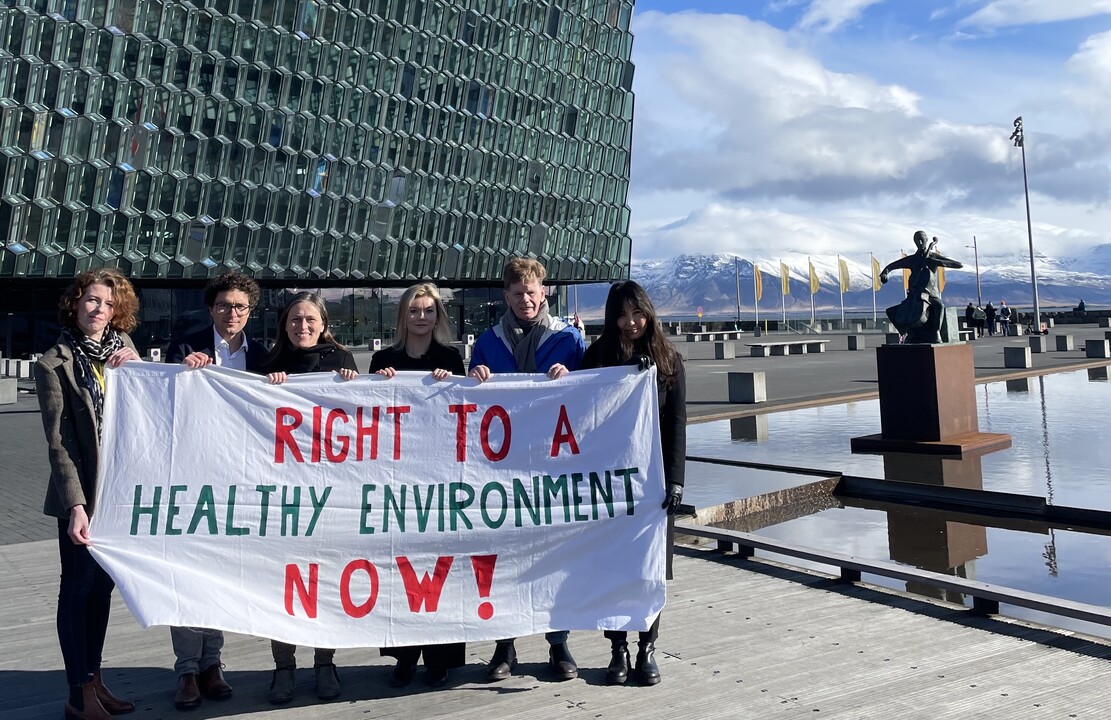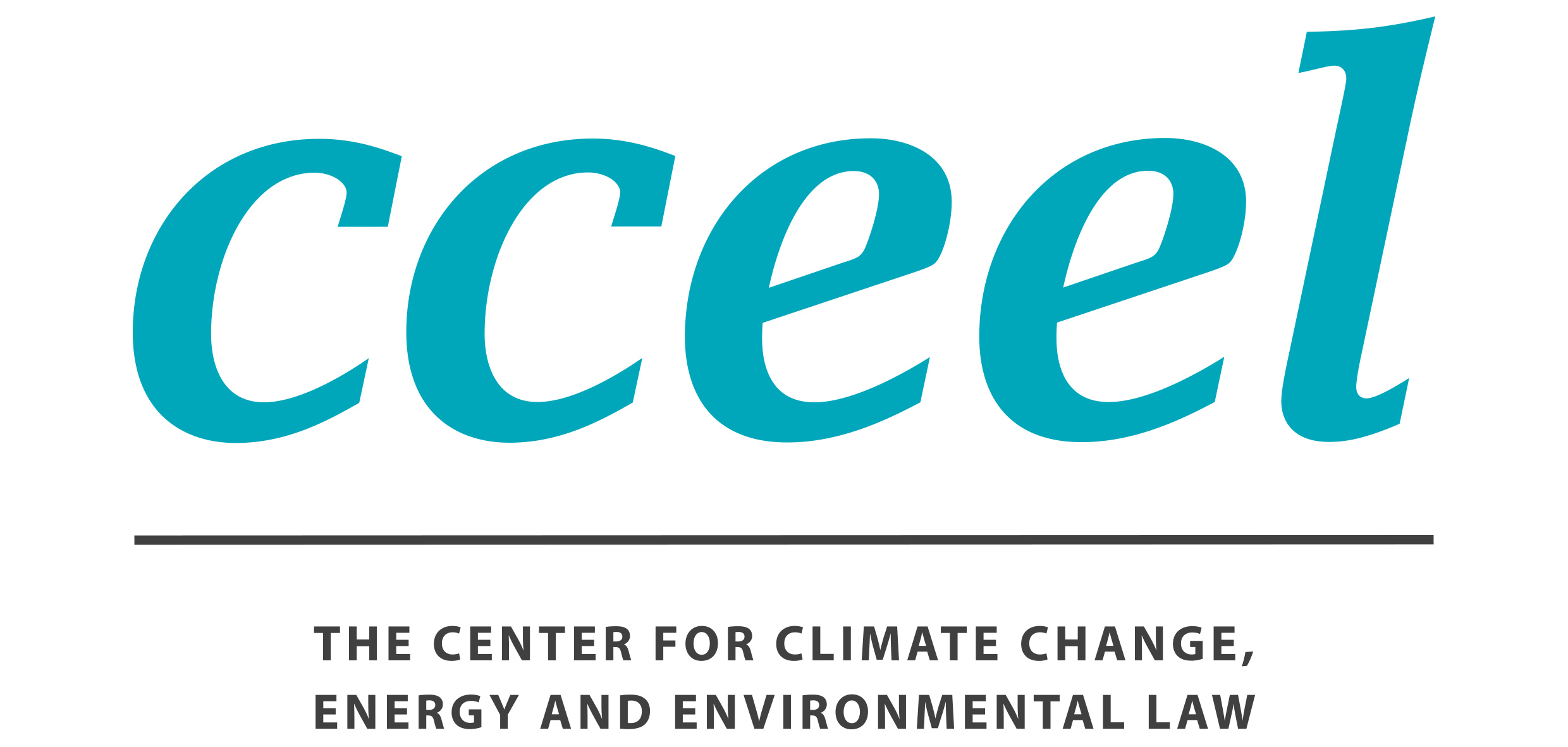Recognizing the Right to a Healthy Environment at the Council of Europe: Why it matters

By Corina Heri, Postdoctoral Researcher at University of Zurich, Linnéa Nordlander, Assistant Professor at University of Copenhagen, and Annalisa Savaresi, Professor at University of Stirling and Associate Professor, University of Eastern Finland. First published in the GNHRE blog on 5 January 2024.
Established in 1949, the Council of Europe (CoE) is the world’s oldest human rights system. It now stands at a pivotal juncture, grappling with the pressing question of whether to formally acknowledge the ‘right to a clean, healthy, and sustainable environment.’ This blog post delves into the efforts to incorporate this right into the CoE’s legal and institutional framework, examining past recognition endeavours, current initiatives, and why this matters.
Past Recognition Efforts: Paving the Way
The CoE’s instruments, including the 1950 European Convention on Human Rights (ECHR) and the 1961 European Social Charter, have historically lacked explicit provisions recognizing the right to a healthy environment. However, the European Court of Human Rights (ECtHR) has creatively integrated environmental considerations into the ECHR through over 400 ‘environmental judgments’. While these judgments have addressed specific environmental issues, they offer fragmented and indirect protection compared to a comprehensive and explicit recognition of the right.
The debate about introducing environmental rights into the ECHR began as early as 1973, and the CoE’s Parliamentary Assembly (PACE) made three attempts to secure formal recognition. However, opposition has centred on concerns about normative ambiguity, judicial interference in political matters, and fears of overwhelming the human rights system with additional litigation. Critics argue that the existing ECHR framework, through the ECtHR’s environmental jurisprudence, already effectively contributes to environmental protection.
The Ongoing Recognition Campaign: Navigating Paths Forward
PACE’s recognition efforts gained new momentum in 2021 with a new campaign, producing a Draft additional protocol to the European Convention on Human Rights, concerning the right to a safe, clean, healthy and sustainable environment. The draft outlines substantive and procedural rights, and reflects principles such as transgenerational responsibility, equity, and non-regression.
The Council of Europe’s Steering Committee for Human Rights (CDDH) and its Drafting Group on Human Rights and Environment (CDDH-ENV) are currently evaluating options for recognition, considering both binding and non-binding approaches. Options on the table include incorporating the right to a healthy environment into the European Social Charter, creating legally binding obligations for states. Alternatively, political recognition, as suggested in a 2022 CoE Committee of Ministers’ Recommendation, would have moral and symbolic value, without creating legally binding obligations.
Why Recognition Matters: Shaping the Future
Historically, the ECtHR’s case law has prioritized individual rights over environmental protection. Recognizing the right to a healthy environment within the Convention system could elevate environmental rights to the level of other human rights. This recognition would provide civil society and environmental human rights defenders with enhanced tools to address systemic harm, especially in the context of the pioneering climate change cases before the ECtHR. These ongoing cases are an important test of the CoE system’s ability to address human rights violations resulting from systemic environmental harm. Explicit recognition of the right to a healthy environment would update the ECtHR’s mandate, empowering it to adopt a more holistic approach to environmental protection.
In the face of the triple planetary crisis of pollution, biodiversity loss, and climate change, the CoE stands at a critical crossroads. While various recognition options are on the table, the binding acknowledgment of the right to a healthy environment within the ECHR context emerges as the most impactful. Such recognition would not only provide clarity and consistency in interpreting human rights obligations across CoE member states but also reaffirm the CoE’s importance for human rights protection in the 21st century. As the world grapples with environmental challenges, the CoE’s explicit and formal recognition of a legally binding right to a healthy environment seems not only desirable, but also a crucial step toward a better, greener and rights-based future.
This blogpost is based on a piece titled ‘Recognizing the Right to a Healthy Environment at the Council of Europe: Why Does it Matter?’ to be published in the ELR in January 2024.
Photo by Sébastien Duyck.
